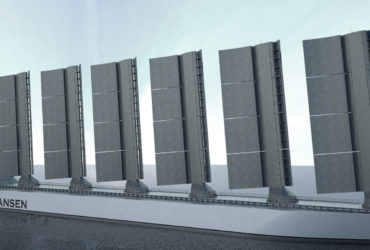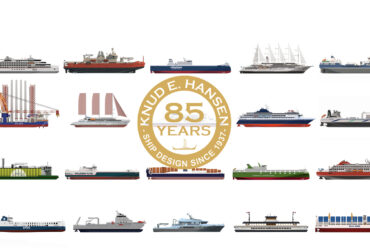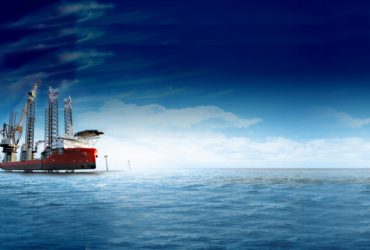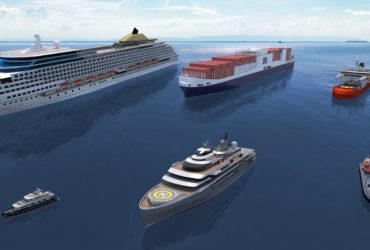08 August 2014
Whether it’s a holistic concept or a vital component, designing for efficiency is high priority in the maritime industry
Extract from article from MER, June 2014
Saving fuel is the holy grail for shipowners nowadays and the whole industry has evolved to provide a variety of ways to make that happen. Alternative fuels to HFO could be more cost effective too, as well as meeting stricter environmental legislation.
Hydrodynamics
Hydrodynamic optimisation is another area where significant fuel savings may be obtained. According to Christian Damsgaard, senior naval architect at Danish designers KNUD E. HANSEN: “To ensure a vessel has an efficient passage through the water, resistance can be reduced by hydrodynamically efficient hull lines and appendages. Quality steelwork and low friction paint also help. Furthermore, there are design considerations and devices that improve the flow to the propeller and the efficiency of the propulsion. In operation, trim optimisation can also bring some benefit.”
His colleague Edwin Pang sounds a cautionary note against a simple mix and match approach: “Installing more devices doesn’t necessarily mean that the efficiency gains will stack together; there are sometimes interactions and implications that need to be evaluated. In general, a whole ship view of efficiency serves shipowners best.”
Damsgaard continues, “Hydrodynamic optimisation is only one aspect of achieving high fuel efficiency. An efficient layout of the ship also goes hand in hand with low fuel consumption; for instance, when if you save time in port due to an efficient design, you can slow down when sailing.”
Not all owners realise that if you save time in port due to an efficient design, you can slow down when sailing. Fuel consumption is related to the speed in the third or fourth exponent.” For example, KNUD E. HANSEN’s design for con-ro vessel Bahri Abha, on behalf of Bahri, (NSCSA) Kingdom of Saudi Arabia, featured much model testing to provide smooth hull lines. However the design process also investigated multiple layouts and resulted in the 225m-long vessel having a cargo layout that facilitates fast loading and unloading, as well as cargo lifting capabilities greater than its larger predecessors in the Bahri fleet. The end result is an estimated 45% fuel savings compared to the ships that will be replaced.
Download the article
Related References
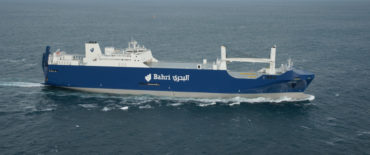
Ro-Ro Vessel with container capacity
- Vessel type: Container vessel
- Vessel name: Bahri Abha and Sisters
- Project number: 10039


